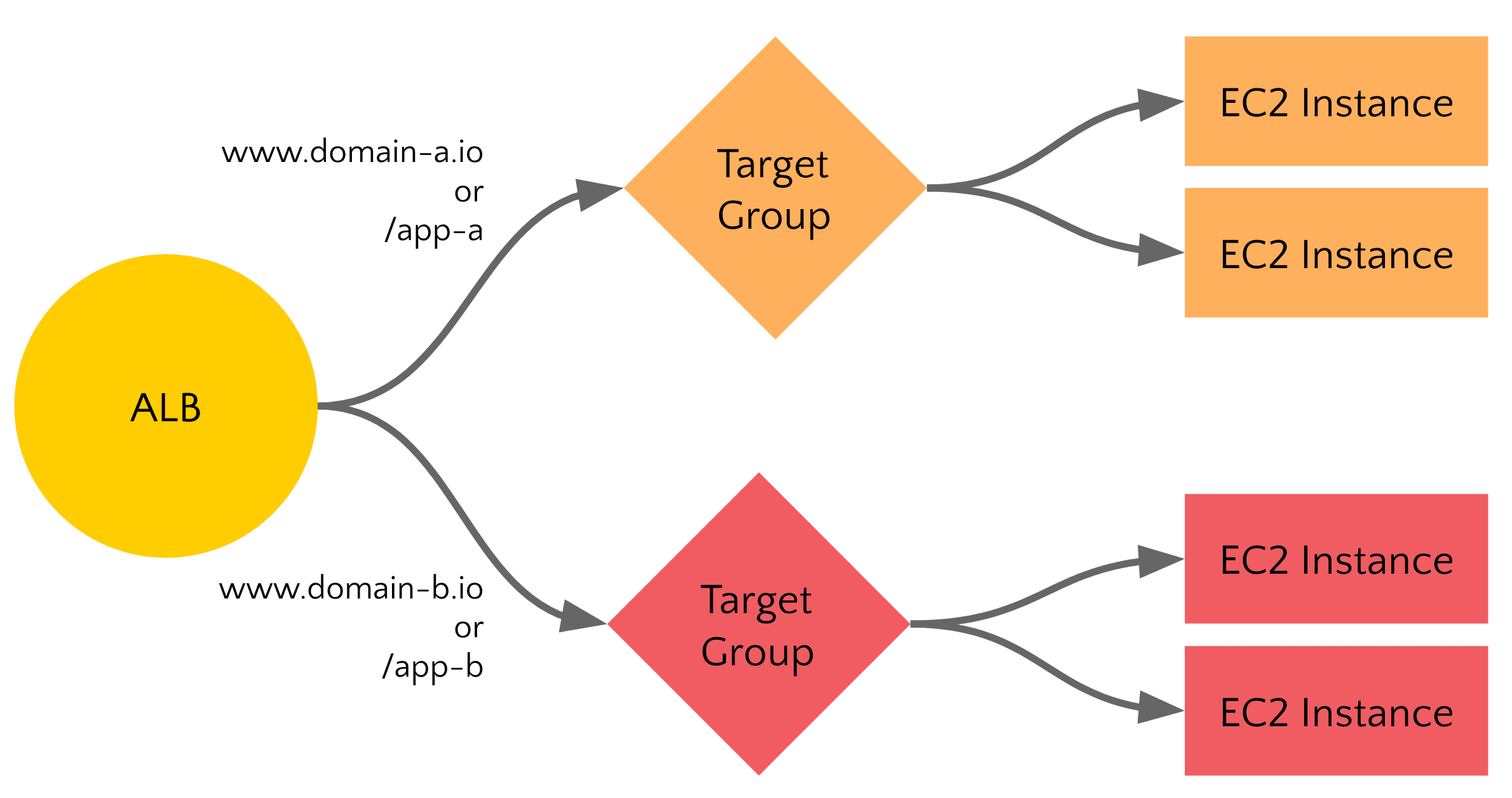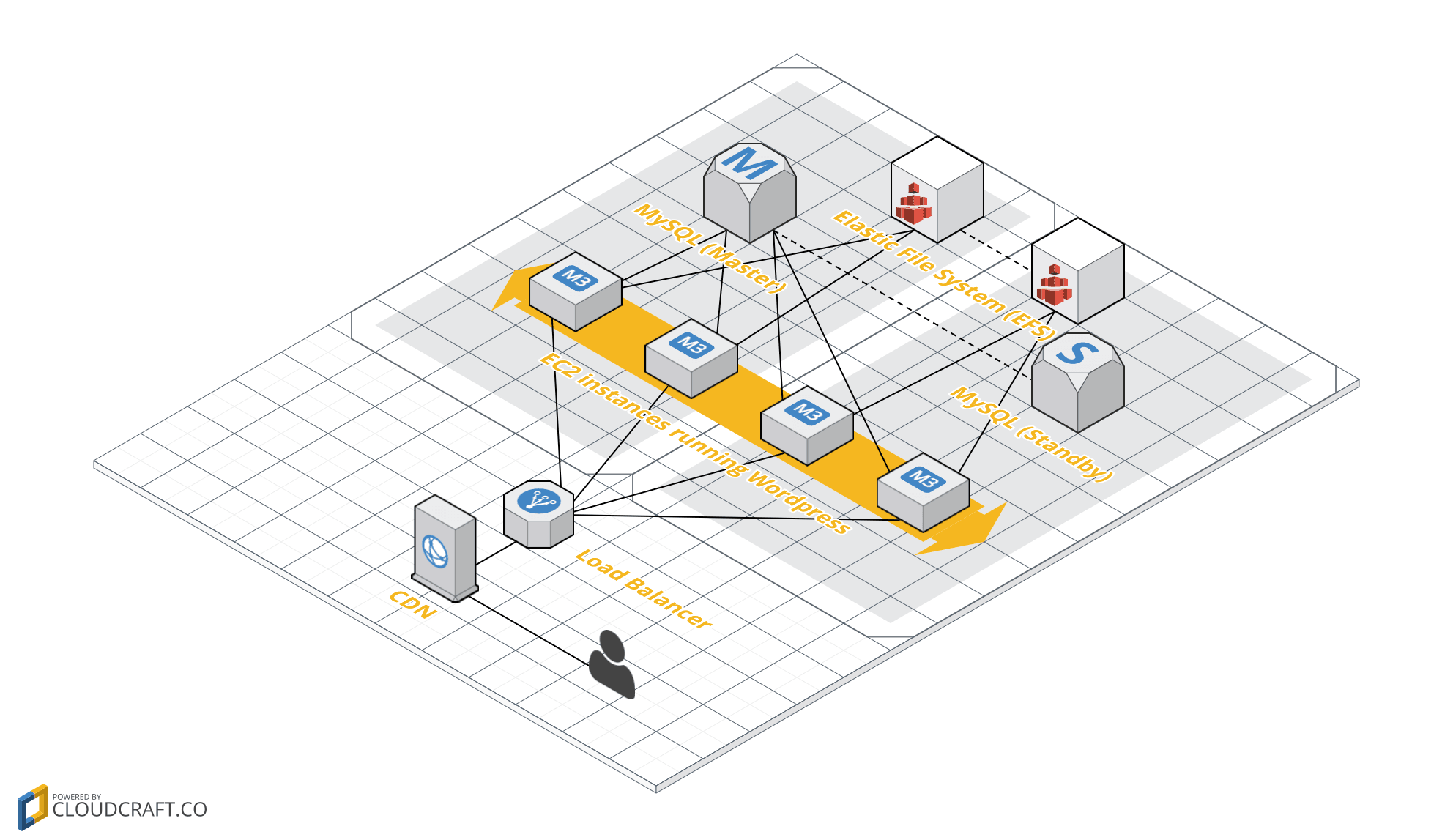#alb | Application Load Balancer (1)
The Application Load Balancer (ALB) distributes incoming HTTP/HTTPS requests among a fleet of virtual machines or containers.
ALB vs. NLB: Which AWS load balancer fits your needs?
Which load balancer fits my workload best? As is often the case, AWS offers more than one solution. Read on to learn whether to use the Application Load Balancer (ALB) or the Network Load Balancer (NLB) to distribute incoming requests among a fleet of v...
Read moreApplication Authentication and Authorization on AWS
In this blog post, you will learn to implement authentication and authorization for your own HTTP(S)-based applications on AWS. Most applications offer some functionality only to authenticated clients. A client can be a human or a machine. Humans usuall...
Read moreHow to set up Jenkins on AWS?
What’s the best way to run Jenkins on AWS? As Jenkins is still a popular automation server used for continuous integration and deployment, consulting clients have engaged me to design and implement a cloud architecture for Jenkins several times in recen...
Read moreCognito Under the Hood
Have you ever implemented a user database and authentication layer yourself? There are many things to get right: Hashing and salting passwords, multi-factor authentication, brute force attacks, and many more. That’s why I recommend using a production-re...
Read moreServerless Hybrid Cloud: Accessing an API Gateway via VPN or Direct Connect
Recently, I’ve been coaching a team building a Serverless application. The extraordinary thing about it? We had to create a solution fitting into the hybrid cloud approach of the organization. An essential requirement was that the Serverless application...
Read moreNext Generation Load Balancing: ALB with gRPC and HTTP/2
AWS announced an important update for the Application Load Balancer (ALB) in November 2020: Support for gRPC and HTTP/2. HTTP/2 comes with request multiplexing over a single TCP connection, header compression (HPACK) which reduces network utilization, a...
Read moreUnusual AWS Architectures
AWS provides many building blocks. As architects, we have to choose the right building blocks to construct our systems. But sometimes, the proper building block is not available, and we have to make compromises. In this blog post, I show four unusual AW...
Read moreComparing API Gateways on AWS
Of the different API gateways offered by AWS, which option fits your needs? An API Gateway is “a server that acts as an API front-end, receives API requests, enforces throttling and security policies, passes requests to the back-end service, and then pa...
Read moreTracing an HTTP request
What to do when customers complain about high latencies or server-side errors? How to find out which part of your infrastructure is causing trouble? Is something wrong with CloudFront, the ELB, or your web application? Our video demonstrates how to use...
Read moreHow to secure your DevOps tools with ALB authentication?
Are you hosting any DevOps tools like GitLab, Jenkins, Kibana, Grafana, or phpMyAdmin yourself? On the one hand, it is convenient to provide access to those tools via the Internet. On the other hand, those tools add high-risk attack vectors to your infr...
Read moreMove to the Next Level of Load Balancing on AWS
Are you still using the Classic Load Balancer - formerly known as Elastic Load Balancer - for distributing incoming requests among a fleet of EC2 Instances? AWS announced the Application Load Balancer, as a new alternative to the Classic Load Balancer i...
Read moreWordPress on AWS: smooth and pain free
I’m not a fan of WordPress, as it is neither cloud-ready nor serverless. That’s why this blog runs on CloudFront and S3 and is built by Hexo. But 25% of all websites are proudly published with WordPress. You will learn about the easiest way to run WordP...
Read more










